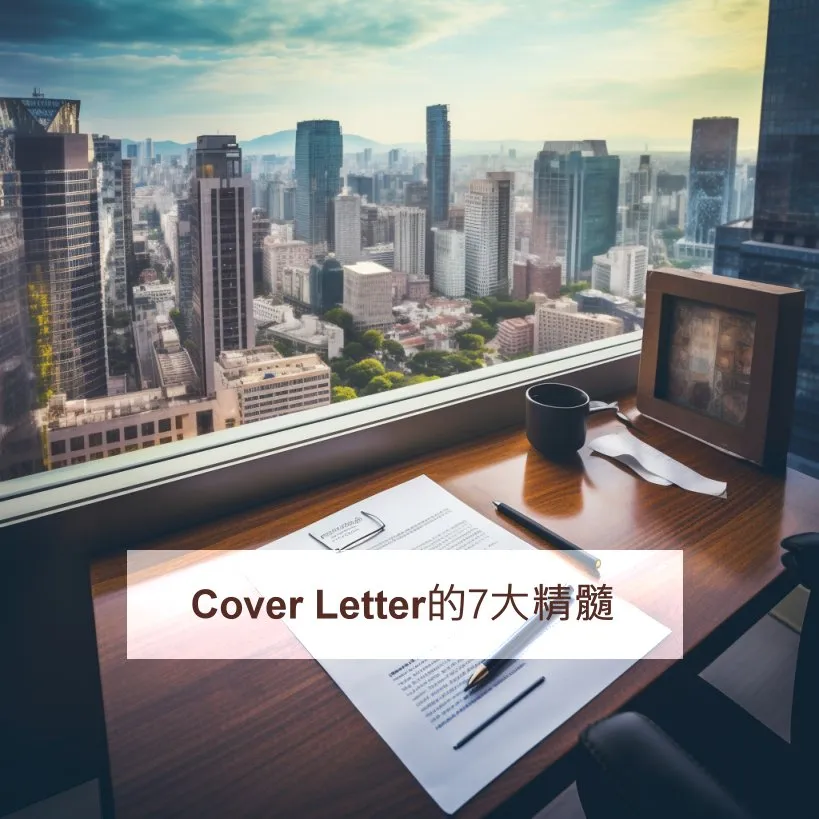Cover Letter Secrets Unveiled
A cover letter is your initial introduction to a potential employer, offering a chance to make a strong first impression and differentiate yourself from other applicants. While a resume provides a snapshot of your qualifications, a cover letter allows you to tell your story, showcase your personality, and demonstrate why you’re the perfect fit for the specific role. Mastering the art of cover letter writing can significantly increase your chances of landing an interview and ultimately, securing your dream job. This guide will unlock the secrets to writing a cover letter that captivates hiring managers and sets you apart from the competition, ensuring you make a lasting positive impact.
Understanding the Purpose of a Cover Letter
The primary purpose of a cover letter is to introduce yourself, express your interest in a specific position, and highlight the key skills and experiences that align with the job requirements. It’s not merely a repetition of your resume; rather, it’s an opportunity to elaborate on your qualifications, explain your career goals, and demonstrate your enthusiasm for the company and the role. A well-crafted cover letter should provide context, showcase your personality, and persuade the hiring manager to invite you for an interview. Think of it as your personal marketing tool, designed to sell your value proposition to the employer. By effectively communicating your qualifications and passion, you increase your chances of getting noticed and moving forward in the hiring process.
Key Components of a Cover Letter
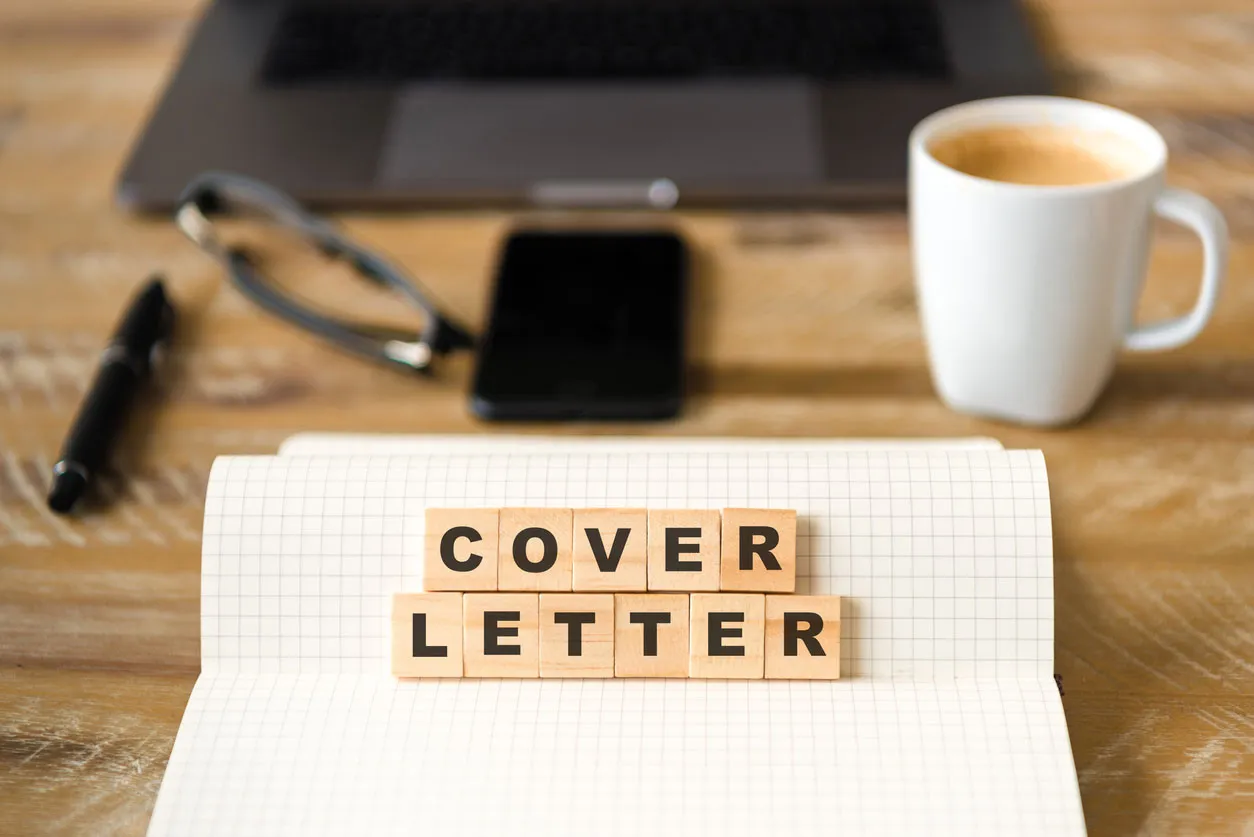
A compelling cover letter is structured in a way that is easy to read, providing the reader with the information they need quickly. The letter typically includes several key components, each playing a crucial role in conveying your message effectively. From the header to the closing, each element contributes to the overall impact of your application. Ensuring that all components are well-written, relevant, and properly formatted will elevate your chances of making a positive impression and securing an interview. The structure of your cover letter provides the framework for you to present your skills and experience in a clear, concise, and engaging manner.
Header Information
The header of your cover letter includes your contact information (name, address, phone number, and email), the date, and the employer’s contact information (name, title, company, and address). This section ensures that the hiring manager can easily contact you. Accuracy and professionalism in the header are paramount, as they reflect your attention to detail and organizational skills. Ensure that all contact information is current and accurate, and that the formatting is consistent and easy to read. This attention to detail sets a professional tone from the start.
Greeting
The greeting sets the tone for your cover letter. Ideally, address the hiring manager by name. Research the company to find the hiring manager’s name or use a general greeting such as “Dear Hiring Manager,” if you cannot find a specific name. Avoid generic greetings like “To Whom It May Concern.” Personalizing the greeting shows that you’ve taken the time to research the company and the specific job opening. It demonstrates that you are genuinely interested in the position and have put in the effort to make a personal connection, making your application stand out.
Opening Paragraph

The opening paragraph is your first chance to grab the hiring manager’s attention. State the position you are applying for and where you found the job posting. Immediately express your enthusiasm for the role and the company. Briefly mention a key skill or experience that aligns with the job requirements to pique the reader’s interest. Make it clear why you are a good fit for the position and what you hope to achieve in this role. A strong opening paragraph captures the hiring manager’s interest and encourages them to read the rest of your letter.
Body Paragraphs
The body paragraphs form the core of your cover letter. Elaborate on your relevant skills, experiences, and accomplishments. Provide specific examples to demonstrate how you have used your skills to achieve results. Tailor these examples to match the job description, highlighting the skills and experiences that the employer is seeking. Use keywords from the job posting to show that you understand the requirements of the role. This is where you demonstrate your value proposition and showcase your ability to contribute to the company’s success.
Closing Paragraph
In the closing paragraph, reiterate your interest in the position and express your gratitude for the reader’s time and consideration. Include a call to action, such as stating that you look forward to hearing from them and are available for an interview. Reiterate your enthusiasm for the opportunity. Proofread the entire letter before sending it and include your contact information again in this section to be easily accessible. A strong closing paragraph leaves a lasting positive impression.
Formatting and Presentation
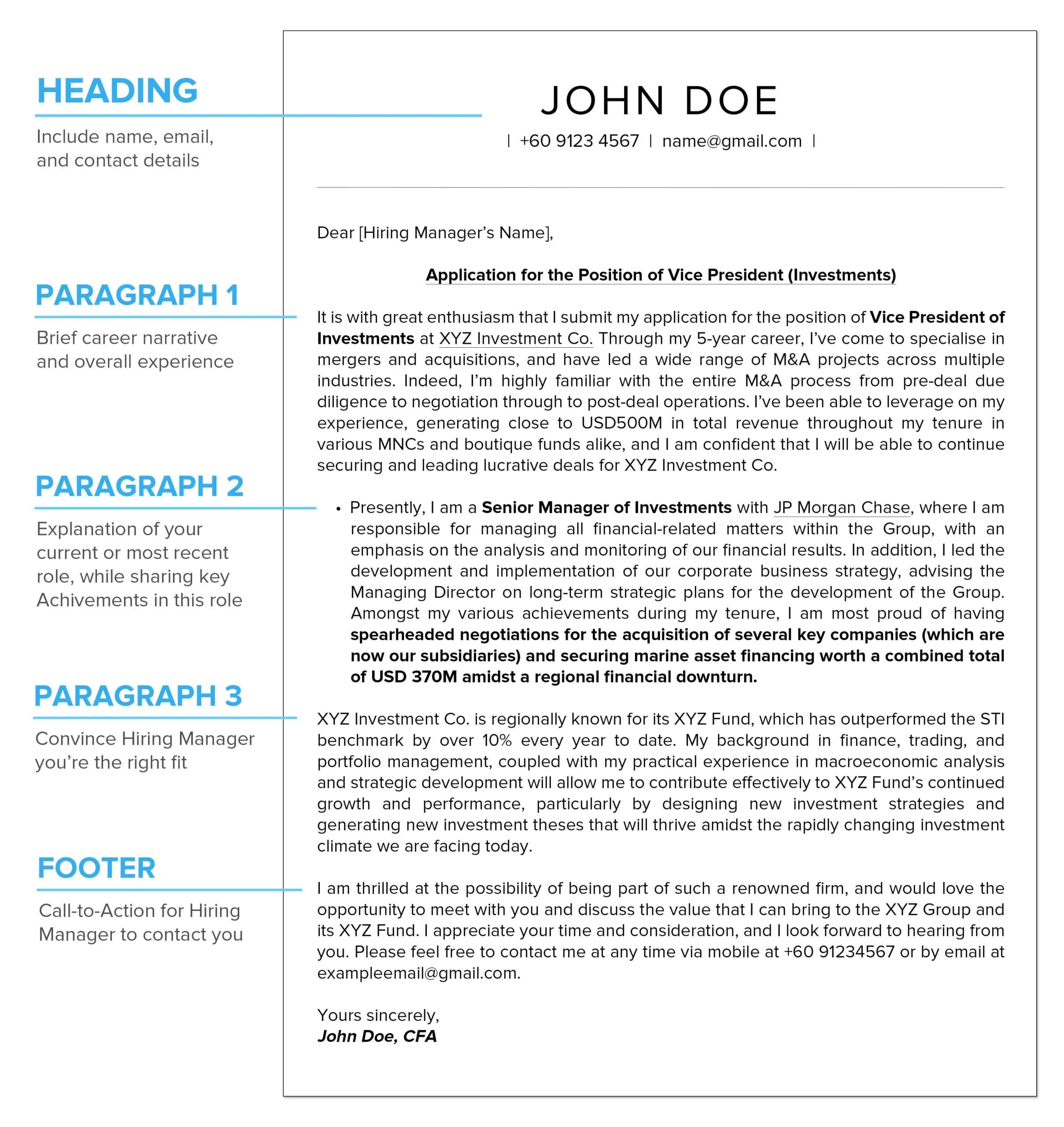
The way your cover letter looks is just as important as what it says. A well-formatted cover letter is easy to read, professional, and reflects your attention to detail. Proper formatting increases the readability of your letter. Ensure your cover letter follows basic formatting standards to ensure that it is easily read. A clean layout and professional design help to showcase your professionalism and make your application stand out.
Font and Readability
Choose a professional and easy-to-read font, such as Times New Roman, Arial, or Calibri, with a font size between 10 and 12 points. Use a single-spaced layout with a space between paragraphs. Maintain consistent formatting throughout the letter. Ensure adequate margins and use bolding and italics sparingly to emphasize key points. Readability is key, so make it easy for the hiring manager to scan the document and quickly grasp the main points. Your choice of font reflects your attention to detail and professionalism.
Length Considerations
Keep your cover letter concise and focused. Aim for one page, unless specifically instructed otherwise. Be selective about the information you include, highlighting only the most relevant skills and experiences. Avoid unnecessary details or long paragraphs that may lose the reader’s interest. Remember that the hiring manager is likely reviewing numerous applications, so brevity is essential. A well-written and concise cover letter demonstrates your ability to communicate effectively.
Tailoring Your Cover Letter
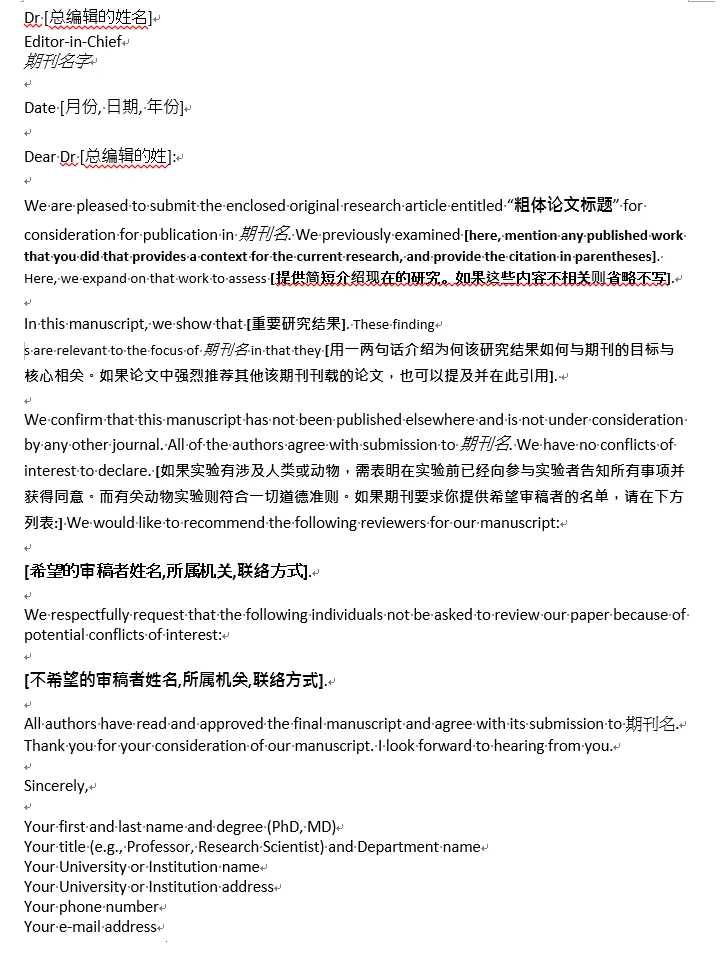
A generic cover letter is a sure way to end up in the rejection pile. Tailoring your cover letter to each job application is crucial to demonstrate your genuine interest and qualifications for the specific role and company. This process shows that you’ve taken the time to understand the requirements of the position and how your skills align with them. Customization also allows you to highlight the aspects of your background that are most relevant to the employer.
Researching the Company
Before writing your cover letter, research the company’s mission, values, and culture. Understand their products or services, and identify any recent news or initiatives that resonate with you. This information will help you tailor your letter to address their specific needs and demonstrate your genuine interest in the organization. Mentioning specific aspects of the company shows that you’ve done your homework and are not simply sending out a generic application. This level of research makes a positive impression.
Highlighting Relevant Skills and Experiences
Carefully review the job description and identify the key skills and experiences that the employer is seeking. Highlight these qualifications in your cover letter, providing specific examples of how you have demonstrated these skills in previous roles. Quantify your achievements whenever possible to demonstrate the impact you’ve made. Aligning your qualifications with the job requirements shows that you are a strong fit for the position. Use keywords from the job description to show that you understand the role and requirements.
Showcasing Your Personality
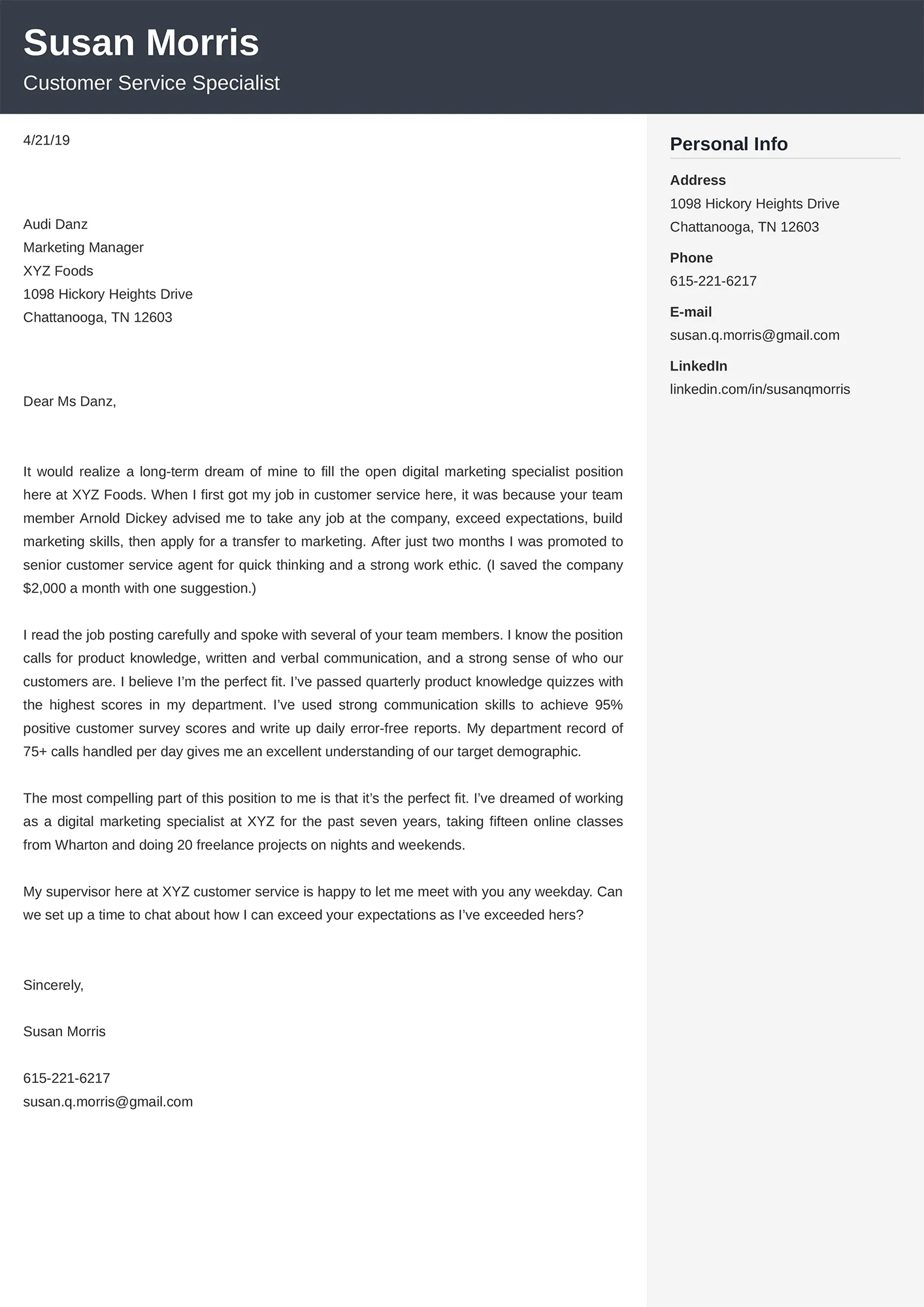
While maintaining a professional tone, let your personality shine through in your cover letter. Use your unique voice and style to convey your enthusiasm for the role and the company. Share a brief anecdote or example that demonstrates your passion for your field or your work ethic. However, be mindful of the company culture and industry standards. A touch of personality can make your letter more memorable and show the hiring manager who you are as a person, which can help your application stand out.
Common Mistakes to Avoid
Avoiding common mistakes is crucial for a successful cover letter. Certain errors can immediately disqualify your application, no matter how strong your qualifications. Attention to detail, proofreading, and tailoring your letter are essential to avoiding these pitfalls. Addressing these common issues will ensure your cover letter makes a positive impression and increases your chances of getting an interview.
Grammar and Spelling Errors
Grammatical errors and spelling mistakes can undermine your credibility. Always proofread your cover letter carefully, or have someone else review it for you. Use spell check, but also manually read through the document to catch any errors that spell check might miss. A well-written and error-free cover letter demonstrates professionalism and attention to detail. Errors create a poor impression and raise questions about your attention to detail.
Generic Cover Letters
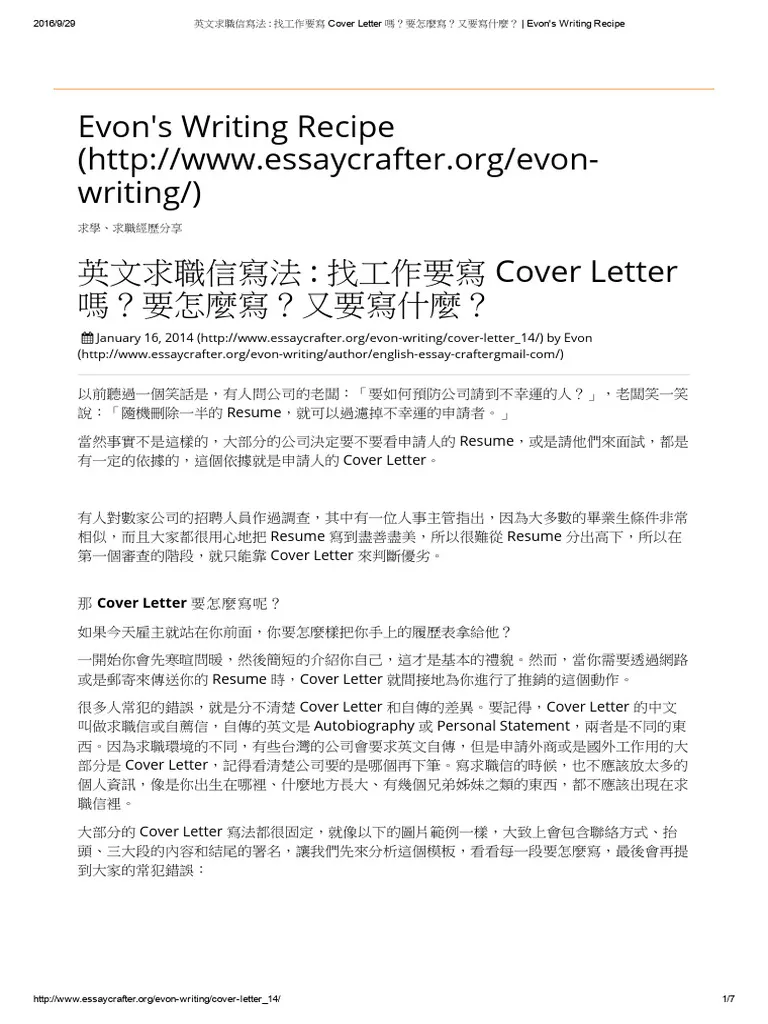
Sending a generic cover letter, without tailoring it to the specific job and company, is a major mistake. Customize your cover letter for each application, highlighting the skills and experiences that are most relevant to the role. Addressing the hiring manager by name and mentioning specific aspects of the company shows that you’ve taken the time to do your research and are genuinely interested in the opportunity. Demonstrate your value proposition in your customized letter.
Focusing on Yourself Too Much
While it’s important to highlight your skills and experiences, avoid making your cover letter all about yourself. Focus on how your skills and experiences can benefit the company and help them achieve their goals. Frame your accomplishments in terms of the value you can bring to the organization. Show that you understand the needs of the employer and how you can contribute to their success. Emphasizing how you can contribute to their needs creates a better impact.
Proofreading and Editing
Before submitting your cover letter, thoroughly proofread it. Check for any grammatical errors, spelling mistakes, and formatting inconsistencies. Ensure that your tone is appropriate and that your message is clear and concise. Ask a friend, family member, or career advisor to review your cover letter for feedback. Proofreading is the final step in crafting a successful cover letter. Take your time, pay close attention to detail, and ensure that your cover letter represents you in the best possible light.
In conclusion, a well-crafted cover letter is a powerful tool in your job search arsenal. By understanding the key components, following formatting best practices, and avoiding common mistakes, you can create a cover letter that grabs the hiring manager’s attention and increases your chances of getting an interview. Remember to tailor each cover letter to the specific job and company, and let your personality shine through. With these secrets unveiled, you’re well-equipped to impress and land your dream job. Good luck.
